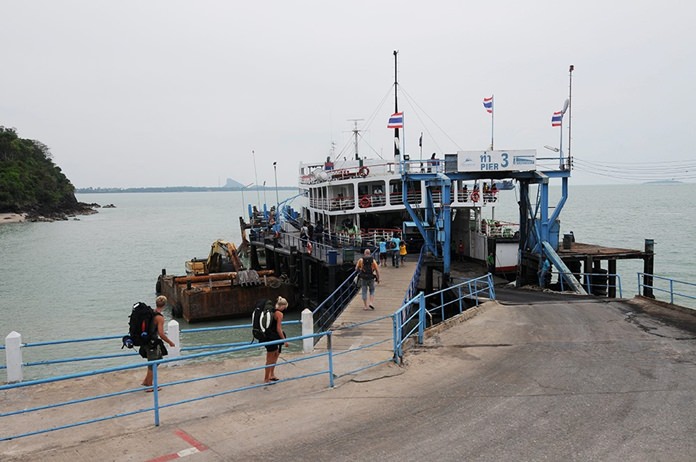
Bangkok – The Tourism Authority of Thailand (TAT) is encouraging travellers to remain extra vigilant by following all safety rules and guidelines during the country’s current monsoon season.
Visitors are also advised to keep up-to-date with daily Thailand weather forecasts by the Thai Meteorological Department (TMD) on impending storms, heavy rains, rough weather, etc. The TMD also issues regular flood, flash flood, or mud slide alerts while regular surf forecasts help predict high waves and other coastal threats that are common to the Andaman Sea.
If it is a particular torrential monsoon shower, many tourist activities are curtailed or delayed if tour operators are responsible and think that there are undue health and safety risks, or threats.
Activities likely to be affected include mountain trekking, white-water rafting, zip lining, bungy jumping, snorkeling, sailing, diving, and ferry transfers.
While some activities will not run at all during the rainy season – for instance, liveaboard dive trips to the Similan Islands – many will run as usual, especially those in the high traffic tourist areas.
May to October sees the Thailand monsoon season sweep into the Southwest, with September bearing the brunt of the rains. It does get pretty rainy around Phuket, thanks to the region’s proximity to the Andaman Sea, and many of the smaller islands are shut down during the monsoon.
Be aware that island crossings by ferry are going to be choppier than usual in the monsoon and must be scrutinised on an hourly basis even if a ticket is already purchased. The monsoon rains tend to be short, intense bursts of rainfall. They could last for a few hours in the middle of the day and waiting that long till the sky clears, and then go when the next boat is ready can be a wise investment.
Ko Samui, Ko Phangan and Ko Tao in the Gulf of Thailand are some more of the country’s most appealing islands. Unlike the rest of the country, the Thailand monsoon season does not hit Ko Samui until later in the year, with the rains coming in during October to December, peaking in November and tailing off in January.
 |
 |





